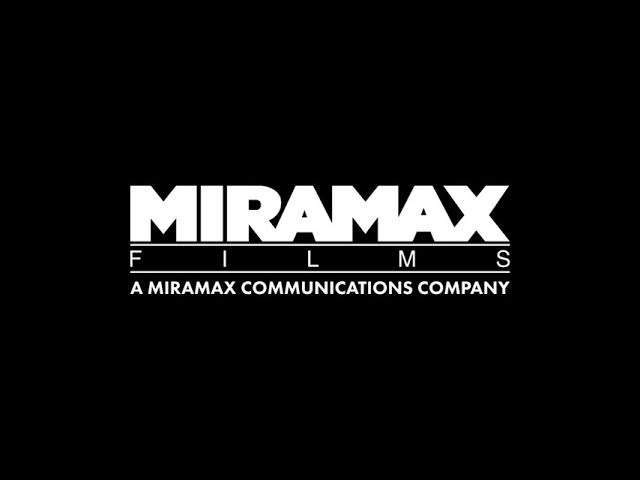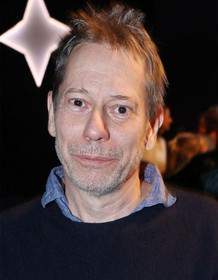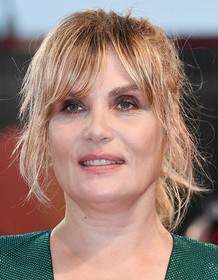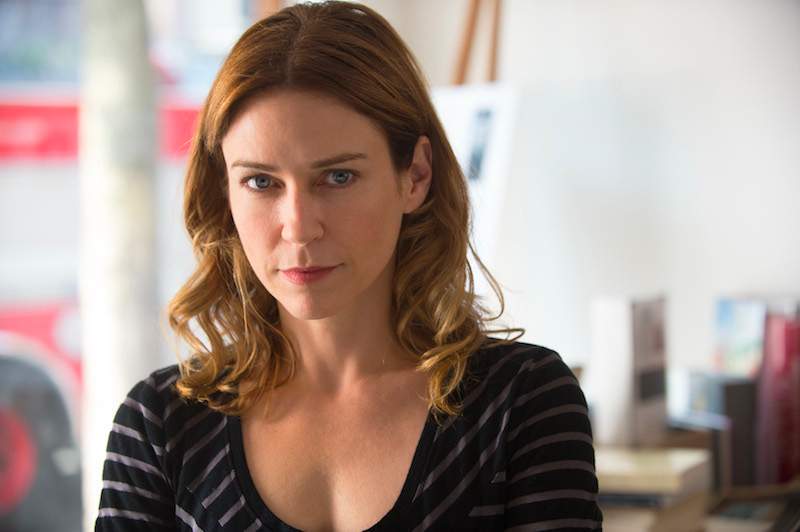The Diving Bell and the Butterfly 2007
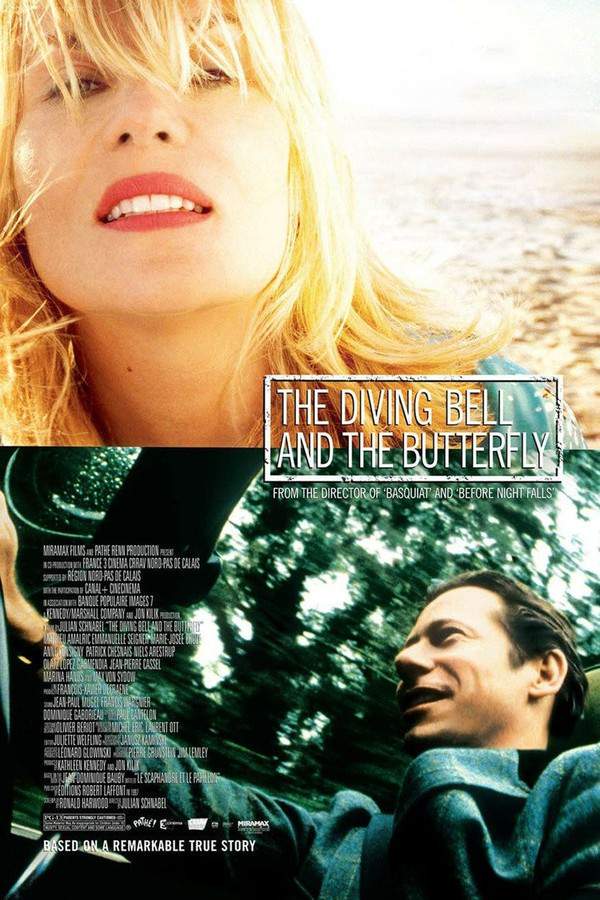
Following a devastating stroke, Jean-Dominique Bauby, the witty and dynamic editor-in-chief of Elle magazine, finds himself trapped within a virtually paralyzed body, able to move only his left eyelid. Despite this profound physical limitation, Bauby perseveres, using this single muscle to communicate with the help of a logopedic therapist. Through a laborious system of blinking, he begins to reconnect with the world and rediscover the power of his imagination, revisiting cherished memories and ultimately finding a way to express himself creatively.
Does The Diving Bell and the Butterfly have end credit scenes?
No!
The Diving Bell and the Butterfly does not have end credit scenes. You can leave when the credits roll.
Meet the Full Cast and Actors of The Diving Bell and the Butterfly
Explore the complete cast of The Diving Bell and the Butterfly, including both lead and supporting actors. Learn who plays each character, discover their past roles and achievements, and find out what makes this ensemble cast stand out in the world of film and television.
External Links and Streaming Options
Discover where to watch The Diving Bell and the Butterfly online, including streaming platforms, rental options, and official sources. Compare reviews, ratings, and in-depth movie information across sites like IMDb, TMDb, Wikipedia or Rotten Tomatoes.
Ratings and Reviews for The Diving Bell and the Butterfly
See how The Diving Bell and the Butterfly is rated across major platforms like IMDb, Metacritic, and TMDb. Compare audience scores and critic reviews to understand where The Diving Bell and the Butterfly stands among top-rated movies in its genre.

92
Metascore
8.4
User Score


%
TOMATOMETER

0%
User Score

76
%
User Score
Take the Ultimate The Diving Bell and the Butterfly Movie Quiz
Challenge your knowledge of The Diving Bell and the Butterfly with this fun and interactive movie quiz. Test yourself on key plot points, iconic characters, hidden details, and memorable moments to see how well you really know the film.
Exploring The Diving Bell and the Butterfly: Test your knowledge about the poignant story of Jean-Dominique Bauby and his remarkable journey of resilience and creativity.
What method does Bauby use to communicate after his stroke?
Blinking his left eye
Speaking aloud
Writing with his right hand
Using a communication device
Show hint
Awards & Nominations for The Diving Bell and the Butterfly
Discover all the awards and nominations received by The Diving Bell and the Butterfly, from Oscars to film festival honors. Learn how The Diving Bell and the Butterfly and its cast and crew have been recognized by critics and the industry alike.
80th Academy Awards 2008
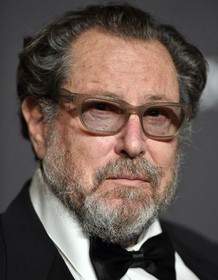
Film Editing
Writing (Adapted Screenplay)
61st British Academy Film Awards 2008
Best Adapted Screenplay
Best Film Not in the English Language
13th Critics' Choice Awards 2008
65th Golden Globe Awards 2008

Best Screenplay – Motion Picture
23rd Independent Spirit Awards 2008
Best Feature

Best Screenplay
Best Cinematography
Full Plot Summary and Ending Explained for The Diving Bell and the Butterfly
Read the complete plot summary of The Diving Bell and the Butterfly, including all major events, twists, and the full ending explained in detail. Explore key characters, themes, hidden meanings, and everything you need to understand the story from beginning to end.
The film primarily unfolds through the eyes of Jean-Dominique Bauby, affectionately known as Jean-Do. It begins with his awakening from a three-week coma in a hospital located in Berck-sur-Mer, France. Following an overly optimistic prognosis from one of the doctors, a neurologist breaks the tragic news of Bauby’s locked-in syndrome—an exceedingly rare affliction where the individual is almost entirely physically paralyzed yet retains full mental awareness. Initially, viewers experience Bauby’s inner thoughts, believing he’s voicing them aloud while others around him remain oblivious, perceiving him only through his solitary functioning eye.
To aid in his recovery, a speech therapist and a physical therapist step in with the intent of helping Bauby regain some functionality. Although speech is beyond his reach, Bauby ingeniously creates a communication system by blinking his left eye in response to the letters read out by his dedicated speech therapist. This painstaking method allows him to convey his thoughts and feelings letter by letter.
As the plot progresses, the narrow focus begins to expand. Viewers gain insights into Bauby’s life outside of his hospital room and witness flashbacks to significant moments, including a profound visit to Lourdes. His vivid imagination takes flight, conjuring images of serene beaches, majestic mountains, encounters with the Empress Eugénie, and a sensuous banquet with one of his transcriptionists. It becomes apparent that Bauby once held the esteemed position of editor at the renowned French fashion magazine Elle and had ambitions to pen a book—originally intended to reinterpret The Count of Monte Cristo from a female perspective. Determined, Bauby decides to forge ahead with his literary aspirations, utilizing his arduous communication method. A representative from the publishing house, who had previously engaged with Bauby, is brought in to help him transcribe his thoughts.
Through this memoir, he articulates the struggles of existing within a body he feels encased in murky water, reminiscent of an antiquated deep-sea diving suit, or scaphandre as termed in French. This metaphor evokes the image of his spirit, still vibrant and alive, soaring as a “Butterfly.”
The narrative intertwines Bauby’s poignant reflections and the tensions of his new reality, revealing glimpses of his family—his three children, their mother (whom he never wed), a mistress, dear friends, and his aging father. He reconnects with figures from his past, whose experiences echo his own sense of confinement, including a friend kidnapped in Beirut, held captive in solitary for four years, and his elderly father, constrained to his apartment due to frailty.
Ultimately, Bauby succeeds in finishing his memoir, anxiously awaiting the critics’ responses. Tragically, he succumbs to pneumonia just two days after the book’s publication. The film concludes with evocative imagery of ice glaciers cracking in reverse, paired with the haunting melody of Joe Strummer & the Mescaleros’ “Ramshackle Day Parade.”
Uncover the Details: Timeline, Characters, Themes, and Beyond!

Coming soon on iOS and Android
The Plot Explained Mobile App
From blockbusters to hidden gems — dive into movie stories anytime, anywhere. Save your favorites, discover plots faster, and never miss a twist again.
Sign up to be the first to know when we launch. Your email stays private — always.
Watch Trailers, Clips & Behind-the-Scenes for The Diving Bell and the Butterfly
Watch official trailers, exclusive clips, cast interviews, and behind-the-scenes footage from The Diving Bell and the Butterfly. Dive deeper into the making of the film, its standout moments, and key production insights.
The Diving Bell and the Butterfly Other Names and Titles
Explore the various alternative titles, translations, and other names used for The Diving Bell and the Butterfly across different regions and languages. Understand how the film is marketed and recognized worldwide.
Quick Links: Summary, Cast, Ratings, More

What's After the Movie?
Not sure whether to stay after the credits? Find out!
Explore Our Movie Platform
New Movie Releases (2026)
Famous Movie Actors
Top Film Production Studios
Movie Plot Summaries & Endings
Major Movie Awards & Winners
Best Concert Films & Music Documentaries
Movie Collections and Curated Lists
© 2026 What's After the Movie. All rights reserved.


